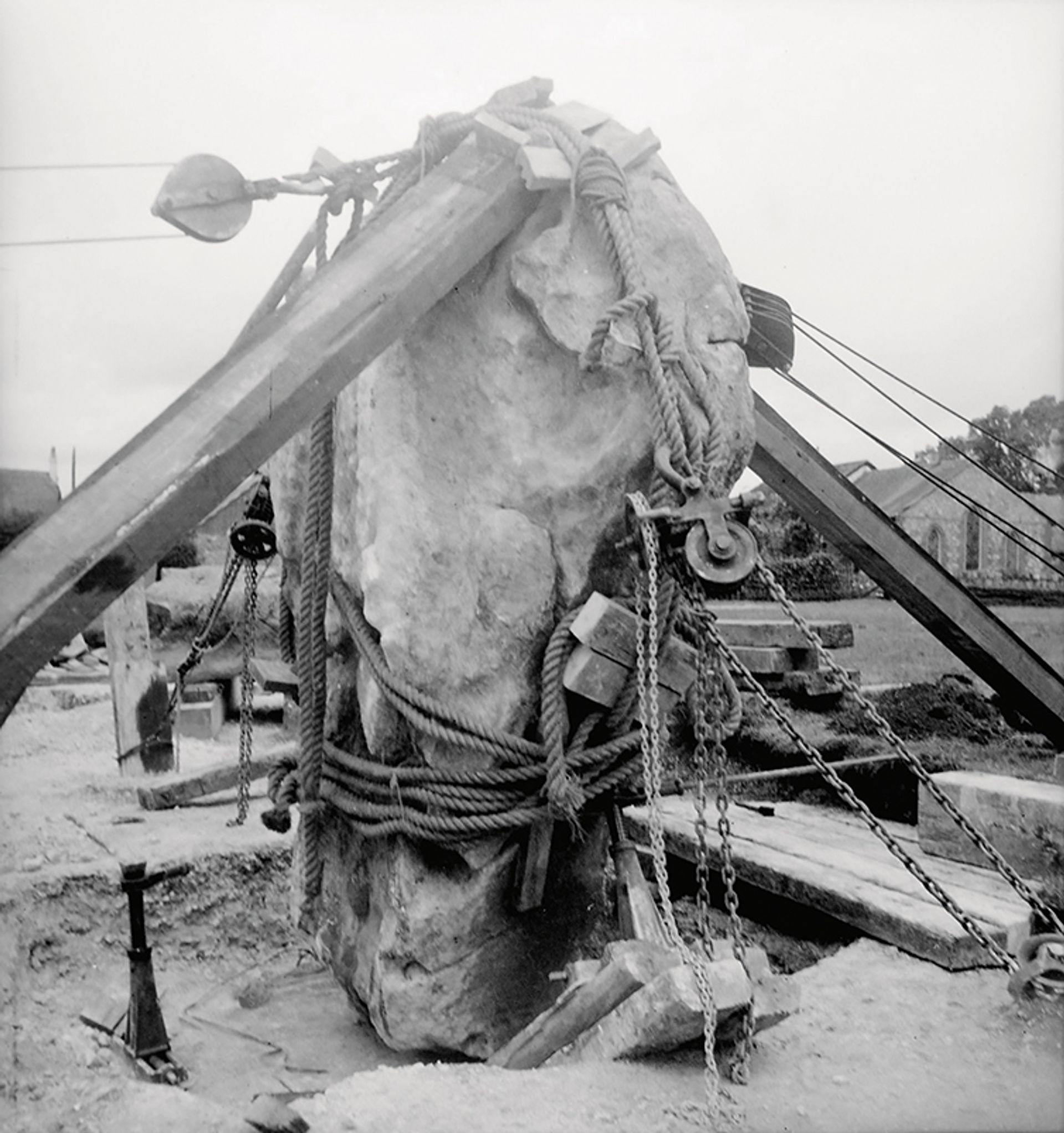The Magic Circle (1886) by John William Waterhouse
The witch is one of the most recognisable occult figures, casting a long-lasting and far-reaching shadow over popular imagination and cultural output. The witch of folk tales is often described as a gnarled, repulsive crone living in isolation, deep in the woods. Yet witches may also appear in a manner that initially seems to be entirely at odds with this: as young, beautiful sorceresses or maidens who enchant their victims so that they might bring harm to them. Both depictions of the witch are a manifestation of societal fears and fantasies of female power and independence.
Enchantresses are a frequent subject of works by artists associated with the Pre-Raphaelite Brotherhood. In John William Waterhouse’s painting The Magic Circle (1886), a woman dressed in Ancient Greek- or Persian-inspired clothing stands in a rocky landscape, using a staff to brand a circle upon the parched ground. In her left hand she holds a curved knife much like a boline, the crescent-shaped blade associated with the crown of Hecate, a goddess of the underworld governing darkness and magic.

Grieg “Spring Song” (1907) by Pamela Colman Smith © Estate of Pamela Colman Smith
Grieg “Spring Song” (1907) by Pamela Colman Smith
Pamela Colman Smith’s enduring legacy in occult visual culture and practices is perhaps most recognised in the illustrations she provided for the ever-popular tarot deck, the Rider-Waite Smith tarot. Grieg “Spring Song” is one of many works Colman Smith created through a process of musical influence, describing her images as “what I see when I hear music-thoughts loosened and set free from the spell of sound”. Colman Smith would transcribe the colours, form and visions of her synaesthetic experiences into her works. This piece was influenced by the Norwegian composer Edvard Grieg’s Våren (last spring). The figure evoked through the musical visions is situated—a little precariously—at a cliff’s edge, holding a flower from which petals drop over the precipice. The image echoes her tarot design for the fool, card number “0” of the deck, which signifies its position at the start and end of the tarot’s allegorical Major Arcana cards. The fool has associations of innocence and new beginnings, themes which resonate with Grieg “Spring Song” and the source musical composition. The work also features Colman Smith’s writhing monogram, which resembles a sigil (a symbol said to have magical properties).

Photograph of a stone being reset (date unknown)by Eileen Agar © Tate
Photograph of a stone being reset (date unknown) by Eileen Agar
Monumental rocks are a recurring subject in Eileen Agar’s photographic archive. In fact, her starting to shoot the hundreds of stones that make up her collection has been attributed to an encounter with some particularly charismatic examples. During a holiday in Ploumanach in Brittany, Agar was impressed by the coastal rock formations she encountered there, describing them as being “as if nature had arranged a show of sculpture in the open air”. Keen to document the rocks, Agar purchased a Rolleiflex camera, which would become her “constant companion”. In England Agar continued photographing rocks, including ones at Avebury Henge, the world’s largest stone circle. Such megaliths have been endlessly fascinating to artists, who are drawn to them as places for pilgrimage and inspiration. Aside from their historical significance, these ancient sites offer an opportunity for the imagination to connect to times and peoples beyond our own. The rock in this image was photographed during a period of excavation and stone resetting after many were toppled, buried or destroyed during the Middle Ages, partly due to the suspicion that these pagan sites were used for devil worship.

Santa Warna’s Wishing Well (around 1947)by Ithell Colquhoun © Tate
Santa Warna’s Wishing Well (around 1947) by Ithell Colquhoun
An important feature of a sacred landscape is the holy well, a source of natural-spring drinking water believed by some to have healing properties. When associated with a particular spirit or deity, these sites attracted worshippers who would make offerings and perform rituals. Erupting from below the earth’s surface, the well is thought to be a site of focused energy and a doorway into another world. The British artist and occultist Ithell Colquhoun captures this transformational spot in Santa Warna’s Wishing Well, in which darkness gives way to light and life. The well depicted is on St Agnes, one of the Isles of Scilly, off England’s southwest coast. Its narrow, stone-framed entrance chamber looks out across the bay where the figure of Santa Warna is said to work her powers, wrecking ships that might threaten the island’s inhabitants. Three stone steps lead from the entrance down to the well, where freshwater miraculously pools, despite the site’s proximity to the sea. Venerated wells such as this predated Christianity’s arrival in Britain, when an act of syncretism saw the sacred sites’ devotions reassigned from pagan deities to Christian saints to continue to accommodate for the community’s spiritual needs. Colquhoun’s work incorporates elements of decalcomania, a blotting process where wet paint is transferred from one surface onto another. Decalcomania was one of the many automatic techniques Colquhoun used in her work; the resulting images were directed in part by chance and then worked in by the artist to fully realise her otherworldly visions.
• Visions of the Occult: An Untold Story of Art and Magic, Victoria Jenkins, Tate Publishing, 176pp, £25 (hb)


